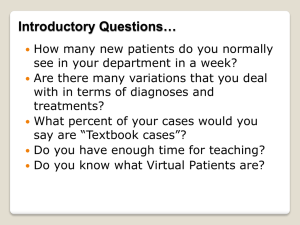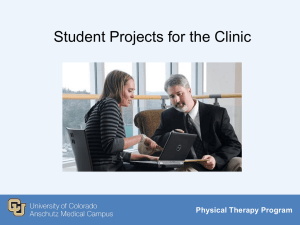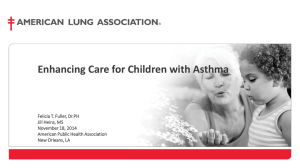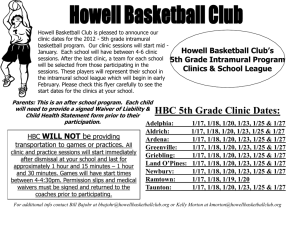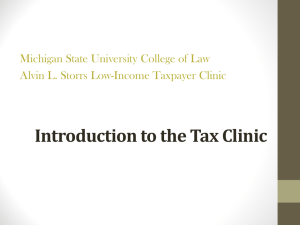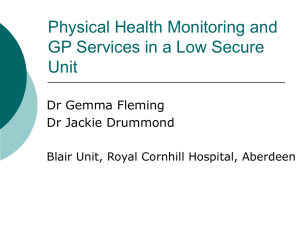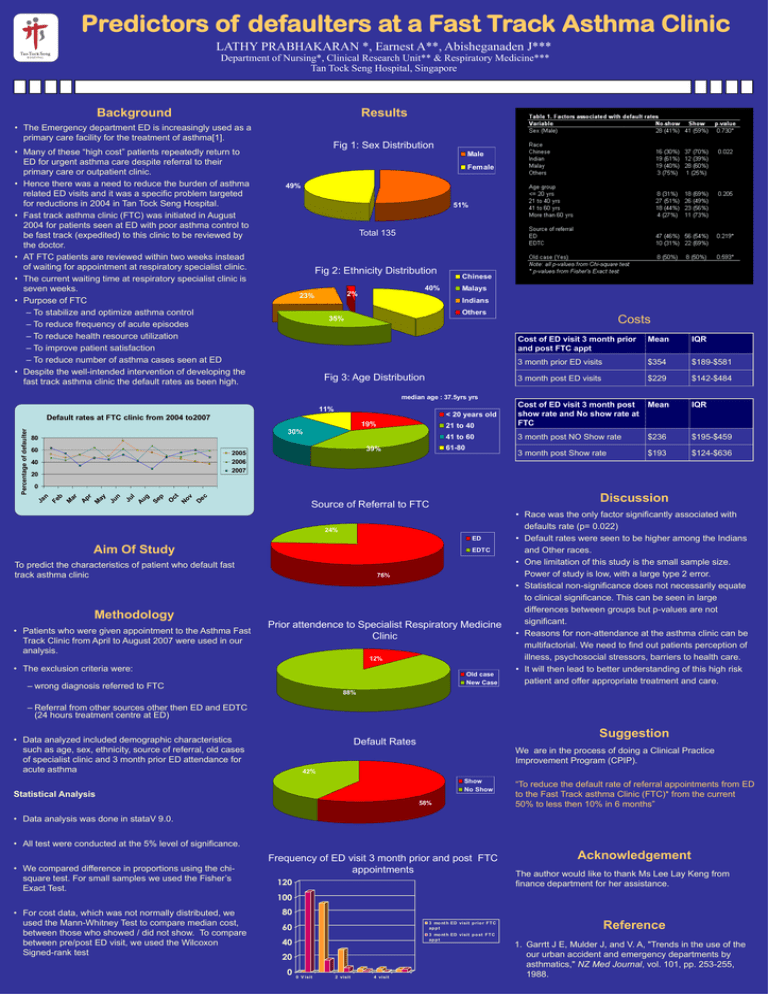
Predictors of defaulters at a Fast Track Asthma Clinic
LATHY PRABHAKARAN *, Earnest A**, Abisheganaden J***
Department of Nursing*, Clinical Research Unit** & Respiratory Medicine***
Tan Tock Seng Hospital, Singapore
Results
Background
• The Emergency department ED is increasingly used as a
primary care facility for the treatment of asthma[1].
• Many of these “high cost” patients repeatedly return to
ED for urgent asthma care despite referral to their
primary care or outpatient clinic.
• Hence there was a need to reduce the burden of asthma
related ED visits and it was a specific problem targeted
for reductions in 2004 in Tan Tock Seng Hospital.
• Fast track asthma clinic (FTC) was initiated in August
2004 for patients seen at ED with poor asthma control to
be fast track (expedited) to this clinic to be reviewed by
the doctor.
• AT FTC patients are reviewed within two weeks instead
of waiting for appointment at respiratory specialist clinic.
• The current waiting time at respiratory specialist clinic is
seven weeks.
• Purpose of FTC
– To stabilize and optimize asthma control
– To reduce frequency of acute episodes
– To reduce health resource utilization
– To improve patient satisfaction
– To reduce number of asthma cases seen at ED
• Despite the well-intended intervention of developing the
fast track asthma clinic the default rates as been high.
Fig 1: Sex Distribution
Male
Female
49%
51%
Total 135
Fig 2: Ethnicity Distribution
40%
2%
23%
Chinese
Malays
Indians
Others
35%
Costs
Cost of ED visit 3 month prior
and post FTC appt
Mean
IQR
3 month prior ED visits
$354
$189-$581
3 month post ED visits
$229
$142-$484
Mean
IQR
21 to 40
Cost of ED visit 3 month post
show rate and No show rate at
FTC
41 to 60
3 month post NO Show rate
$236
$195-$459
3 month post Show rate
$193
$124-$636
Fig 3: Age Distribution
median age : 37.5yrs yrs
11%
< 20 years old
19%
30%
80
60
20
61-80
39%
2005
2006
2007
40
D
ec
N
ov
ct
O
Ju
l
A
ug
Se
p
Fe
b
M
ar
A
pr
M
ay
Ju
n
0
Ja
n
Percentage of defaulter
Default rates at FTC clinic from 2004 to2007
Discussion
Source of Referral to FTC
24%
ED
Aim Of Study
EDTC
To predict the characteristics of patient who default fast
track asthma clinic
Methodology
• Patients who were given appointment to the Asthma Fast
Track Clinic from April to August 2007 were used in our
analysis.
76%
Prior attendence to Specialist Respiratory Medicine
Clinic
12%
• The exclusion criteria were:
Old case
New Case
– wrong diagnosis referred to FTC
• Race was the only factor significantly associated with
defaults rate (p= 0.022)
• Default rates were seen to be higher among the Indians
and Other races.
• One limitation of this study is the small sample size.
Power of study is low, with a large type 2 error.
• Statistical non-significance does not necessarily equate
to clinical significance. This can be seen in large
differences between groups but p-values are not
significant.
• Reasons for non-attendance at the asthma clinic can be
multifactorial. We need to find out patients perception of
illness, psychosocial stressors, barriers to health care.
• It will then lead to better understanding of this high risk
patient and offer appropriate treatment and care.
88%
– Referral from other sources other then ED and EDTC
(24 hours treatment centre at ED)
• Data analyzed included demographic characteristics
such as age, sex, ethnicity, source of referral, old cases
of specialist clinic and 3 month prior ED attendance for
acute asthma
Suggestion
Default Rates
We are in the process of doing a Clinical Practice
Improvement Program (CPIP).
42%
Show
No Show
Statistical Analysis
58%
“To reduce the default rate of referral appointments from ED
to the Fast Track asthma Clinic (FTC)* from the current
50% to less then 10% in 6 months”
• Data analysis was done in stataV 9.0.
• All test were conducted at the 5% level of significance.
• We compared difference in proportions using the chisquare test. For small samples we used the Fisher’s
Exact Test.
• For cost data, which was not normally distributed, we
used the Mann-Whitney Test to compare median cost,
between those who showed / did not show. To compare
between pre/post ED visit, we used the Wilcoxon
Signed-rank test
Frequency of ED visit 3 month prior and post FTC
appointments
120
Acknowledgement
The author would like to thank Ms Lee Lay Keng from
finance department for her assistance.
100
80
3 mo nt h ED visit p r io r F T C
ap p t
60
3 mo nt h ED visit p o st F T C
ap p t
40
20
0
0 V isit
2 visit
4 visit
Reference
1. Garrtt J E, Mulder J, and V. A, "Trends in the use of the
our urban accident and emergency departments by
asthmatics," NZ Med Journal, vol. 101, pp. 253-255,
1988.



